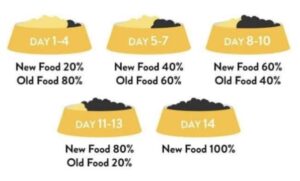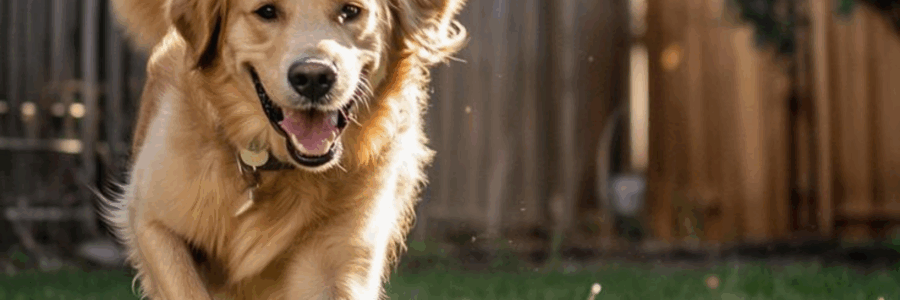Transitioning your dog to a raw food diet is a great way to provide them with nutrient-dense, natural meals that align with their biological needs. However, making the switch from kibble or cooked food to raw can be a bit daunting if you’re unsure where to begin. This step-by-step guide will help you transition your dog smoothly and safely to a raw food diet, ensuring they get all the benefits of raw feeding without upsetting their system.
Why Switch to a Raw Diet?
Before diving into the transition process, it’s essential to understand why raw feeding is beneficial. A raw food diet offers numerous advantages, including:
- Improved digestion
- Healthier skin and coat
- Increased energy levels
- Stronger immune system
- Better dental health
- Reduced allergies
Now, let’s walk through the steps to help your dog transition to raw food smoothly.
Consult your canine nutritionist Aunty Jo for more detailed help.

It’s important to slowly introduce raw food to your dog if they are currently on processed food. We recommend the 2-week transition because if your dog is on processed food, its gut health will be poor and have become lazy. This can mean that it may not cope well with a big hit of raw food suddenly. Above is a guide you can use.
Final Thoughts
Transitioning your dog to a raw food diet is a rewarding process that can significantly improve their health and well-being. With the right planning, patience, and monitoring, you can help your dog adapt to their new diet and enjoy the many benefits of raw feeding. Whether you choose a cold turkey or gradual approach, the key to success is understanding your dog’s unique needs and making adjustments along the way.
By following these steps and staying consistent, your dog will be on its way to thriving on a raw dog food diet, enjoying meals that mimic its natural, carnivorous diet.
